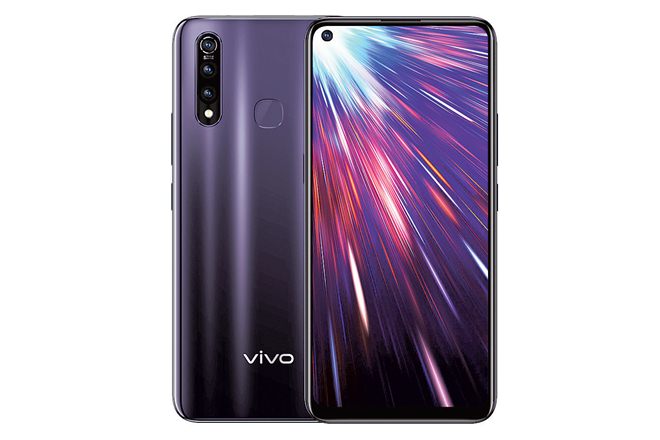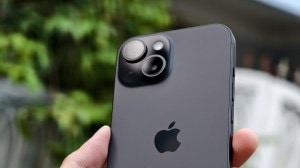Whenever I look at the selfie I click using the new Vivo Z1 Pro, I see an ‘unreal’ version of me—no visible wrinkles on my face, no saggy skin, no acne scars or marks. For self-portraits, or selfies, while the Z1 Pro—with a 32-megapixel, in-display front camera—is an exceptionally good device, it makes one wonder why are we getting so obsessed with using filters to enhance facial beauty? And not just facial beauty, almost every Instagram feed is replete with examples of photos done-up by heavily using ‘filters’. In fact, photo editing has become so commonplace that the British fashion photographer John Rankin Waddell even did a social experiment called ‘Selfie Harm’ to examine how unreal images can affect mental health of adolescents.
(Please note that the Z1 Pro’s AI Face Beauty feature that enhances facial features isn’t unique; today, almost all phones have a similar feature.)
Coming back to the phone, the Z1 Pro is a loaded device. It is India’s first smartphone with Qualcomm Snapdragon 712 processor with AI engine, it sports Vivo’s first in-display selfie camera and a powerful AI triple rear camera (16MP primary camera, 8MP super wide-angle camera and 2MP depth camera), and like most smartphones it’s available in three variants: 4GB+64GB, 6GB+64GB and 6GB+128GB.
First, the appearance. The colours are impressive, and the Sonic Blue colour stands out; even the two shades of black look good (Sonic Black and Mirror Black). Because of the in-display front camera, its screen-to-body ratio is a good 90.77%, and the screen, like it is for most smartphones in this segment, reproduces good colours.
An area where the Z1 Pro stands out is gaming: Even though it’s not a hardcore gaming phone, the top-end variant (6GB+128GB) I used is pretty impressive, and can run heavy games such as PUBG Mobile. In fact, Z1 Pro is the official smartphone for the PUBG Mobile Club Open championship. You also get haptic feedback while playing, and the phone supports something called a ‘tournament mode’ that optimises performance and even blocks calls when a person chooses this mode. But unlike hardcore gaming phones (like the far more expensive Asus ROG phone), the Z1 Pro heats up if you continue gaming for long (which is okay for a phone in this segment). What supports gaming, and regular usage, is a large 5,000mAh battery (with 18W fast charging, it can be charged up to 80% in about an hour); it easily lasts about two days of regular usage.
The triple rear camera is average as far as image reproduction is concerned (all phones in this segment click more or less similar images). Where the rear camera does stand out, however, is speed. It’s very fast. Suppose a bird flies in front of you and the screen is off, in less than a second you can activate the screen using your fingerprint, switch on the camera and take a photo. Another good thing about the camera is the bokeh effect and the AI Super-Wide Angle—it expands your view to 120-degree, so you can capture more landscape, and thus more impressive pictures.
Its operating system is Vivo’s Funtouch OS 9.0 (which is based on Android 9.0), and like most other smartphones that don’t run stock Android, the Z1 Pro also has bloatware—preloaded apps that may not be of any use to you, but because you cannot remove these apps they keep using memory and RAM. Thankfully, in the Z1 Pro, such apps are few—and those that are there actually enhance the user experience with smart suggestions.
At 201 gm, the Z1 Pro weighs almost similar to other phones in its segment.
It is available for sale online (on Flipkart and Vivo India E-Store), and the three variants are priced at Rs 14,990, Rs 16,990 and Rs 17,990. The devices similar to the Z1 Pro in the market are Asus Zenfone Max Pro M2, Xiaomi Redmi Note 7 Pro and Samsung Galaxy M30.








